We’ve been to Malaysia many times over the years and have visited quite a few nature parks. A visit to one of these parks usually involves a few daytime activities like jungle hikes and river cruises — boat trips down the river often take center stage. Photography comes in all shapes and sizes, and you’ll almost always have a camera with you — anything from a phone camera to a professional system camera.
One of my latest jungle adventures was in Danum Valley, a stunning jungle in the interior of Sabah (a state in northern Borneo). It’s always hot and humid there, and just when you spot a beautiful animal, it’s often dark, and the animal is still quite far away, high up in a tree. So you really have to be well prepared. On top of that, the environment can be tough on your gear — think fogged-up lenses or cameras getting wet and suddenly not working anymore. There’s often not enough light to get an animal, insect, or bird in focus. Photography in the jungle comes with its fair share of challenges, but in this article you’ll read about our experiences and below we’ll list some tips as well.
It’s no surprise you see bird watchers lugging around massive half-meter lenses on tripods to get sharper shots. We’ve been photographing for years, often in the jungle, and we’ve sometimes needed help from the guide just to get a sharp photo — especially during night walks. Not using flashlights or anything, just the beam from the guide’s torch indirectly lighting up the animal.
It’s important to have a camera that can handle water or a bit of rough use. Also, a bright (fast) lens is more important than just having a big zoom. A snake under the foliage on a branch is nearly impossible to photograph without a bright lens.
My photographic equipment
I’ve been shooting with an Olympus system camera (now OM System) for many years — a great all-round setup for travel photography. I use an OM5 with a 12mm f/2.0 prime lens, and I also have a 40-150mm f/2.8 PRO for specific jungle adventures. The whole kit is compact and easy to travel with. One of the best things about OM System cameras is that they’re weather-sealed — in my case, even fully waterproof. Of course, other brands offer weather-sealed cameras too.
I also always carry an OM System TG-7 compact ‘Tough’ camera. It’s perfect for jungle conditions — shockproof and waterproof up to 15 meters. It also has an excellent macro mode, ideal for insects or flowers. If I go diving on the same trip, I take the matching PT-059 underwater housing (and lights, etc.).
And recently, I started using a Samsung Galaxy S24 Ultra. It’s a fantastic phone with one of the best smartphone cameras out there right now. I’ve taken some great shots with it. You always have your phone on you — handy when you’re just walking from your jungle hut to grab a bite and suddenly a cool animal passes by (like the Tapir that wanders around the jungle resort at Taman Negara).
What to bring
- Tripod
- Silica gel pouches
- Rain cover
- Torch or good headlamp (for lighting up subjects)
- Binoculars
- Telephoto lens (with decent zoom range)
- Poncho
- Vacuum bag or aquabag
- Lens cloth
- Suitable camera
- DEET
- Leech socks
Tips
- Always keep your camera close. In the Malaysian jungle, you never know when animals, birds, or other species might pop up — even during breakfast. For example, on our last morning in Danum Valley, a whole family of Red Leaf Monkeys suddenly came really close and even dozed off in the tree right in front of the lodge. We’d seen that species a few times before, but always from too far away.
- Use silica gel bags to keep your camera and gear dry.
- Let your camera acclimatize to the temperature. Going from cold (air conditioning) to warm (outside) can instantly fog up your lenses.
- Get a good rain cover (I personally like the type with two handles).
- Bring a tripod so you can still take sharp photos in low light. A tripod can be bulky, though — a monopod is more manageable and much lighter. I’d rather have more noise (from a high ISO) than an out-of-focus shot — noise can always be reduced later.
- Always shoot in RAW format, even on your phone. Many modern phones support this in ‘pro’ mode. RAW files give you way more flexibility for editing later. Beginners often think it’s unnecessary, but years down the line, you might really want those extra editing options.
- Cross your fingers for good weather. It can rain hard in the jungle. During our stay in Danum Valley, we had heavy rains, but there were also dry windows in between — perfect for great shots. When it rains, it gets super dark under the canopy.
- Always carry spare batteries and an extra memory card — just in case. Maybe even bring a second camera body for emergencies. You might only get one shot at the perfect photo, and it’s often a once-in-a-lifetime experience.
Suggestions?
Got any good tips to share with us? Do you know of any great things to do in Malaysia, or tips on the best places to eat? Let us know by leaving a reply below or join our private Facebook Group Friends of Malaysia.
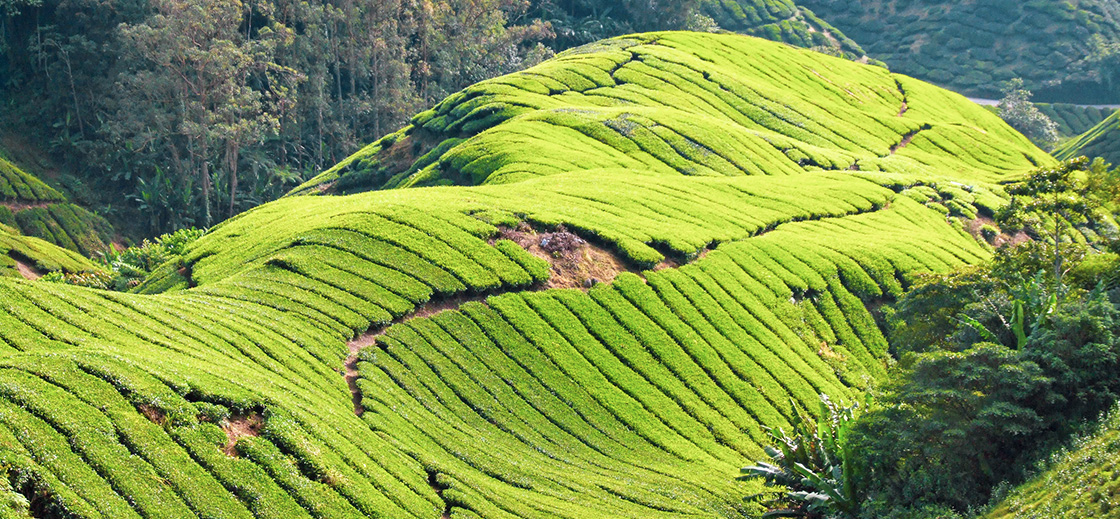
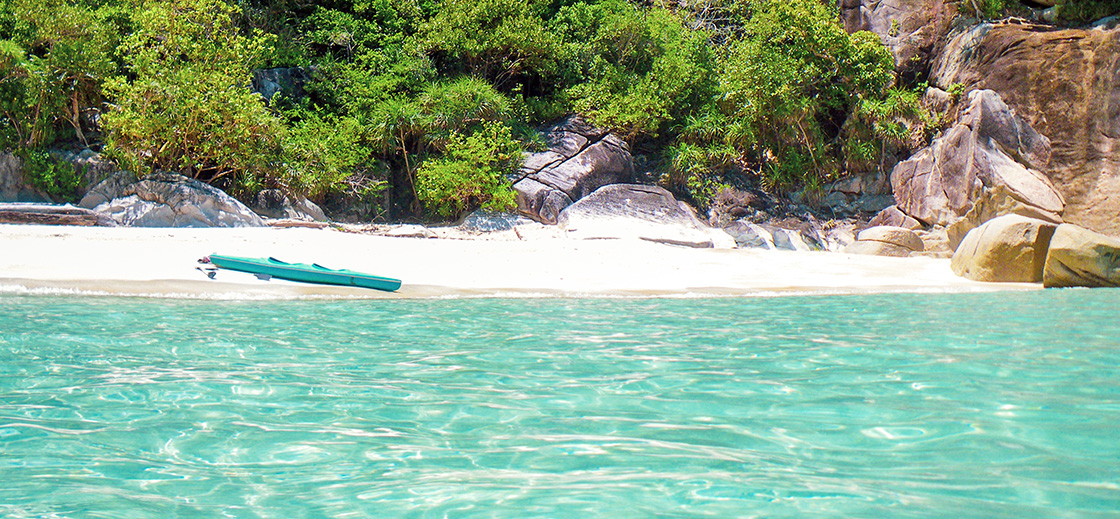
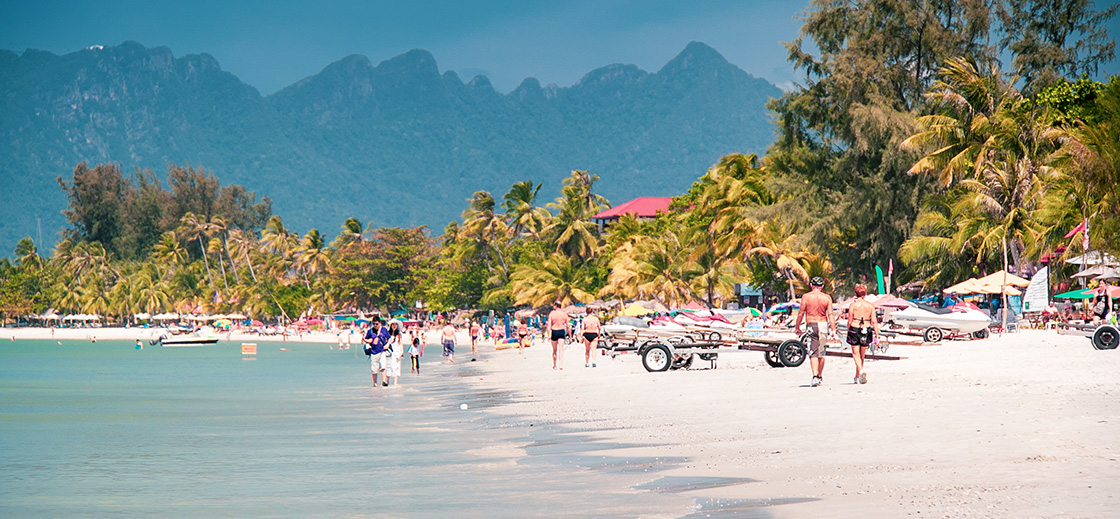
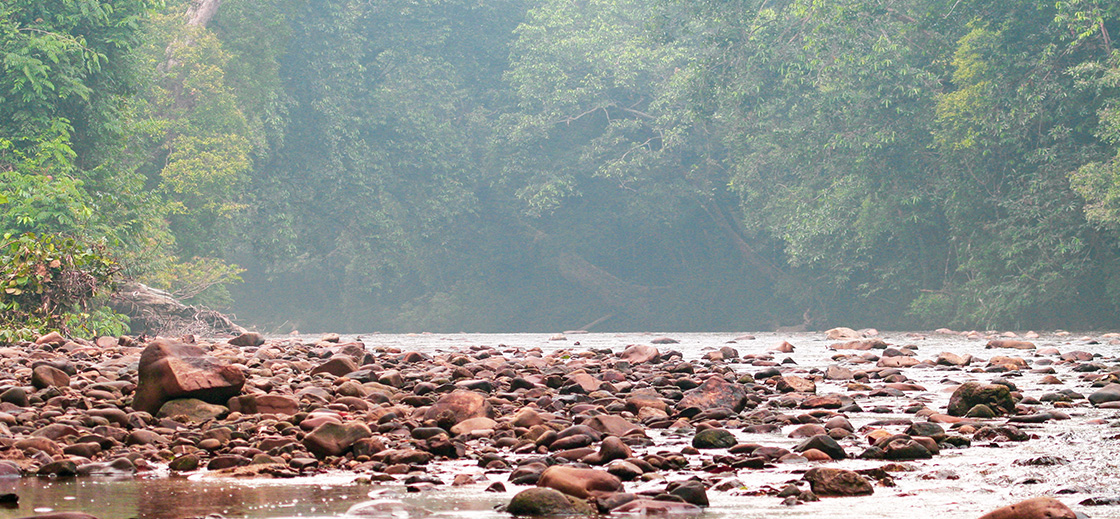
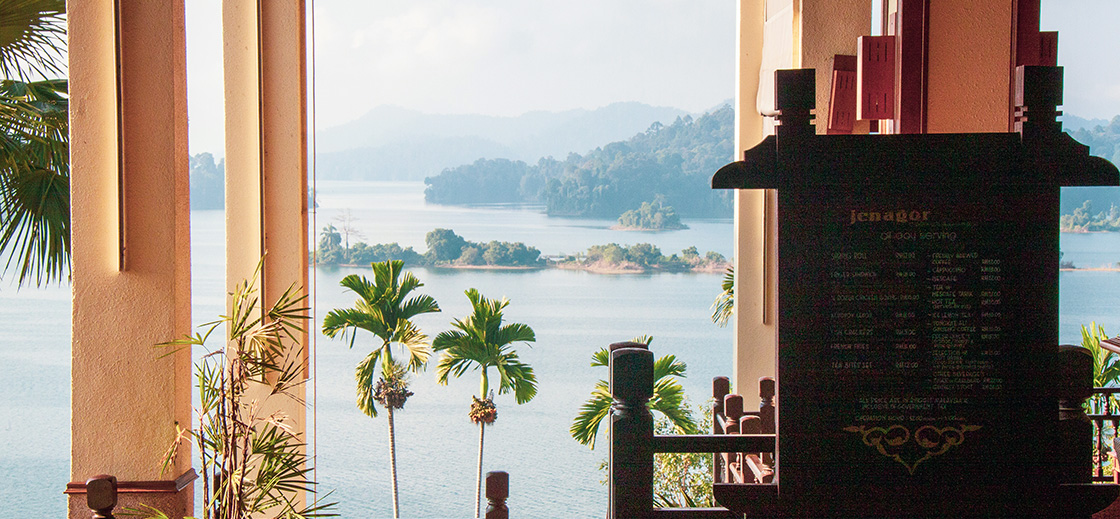














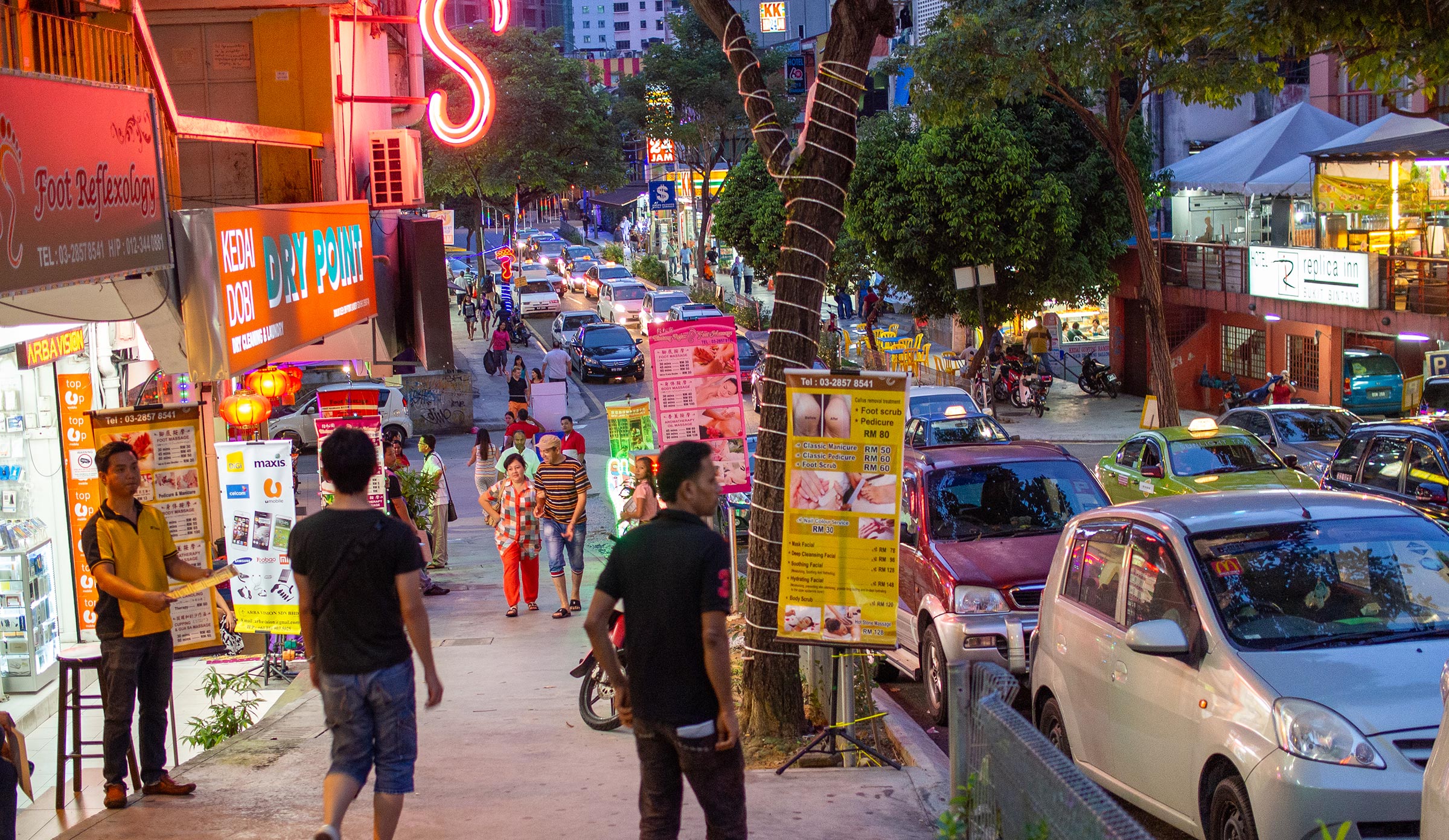
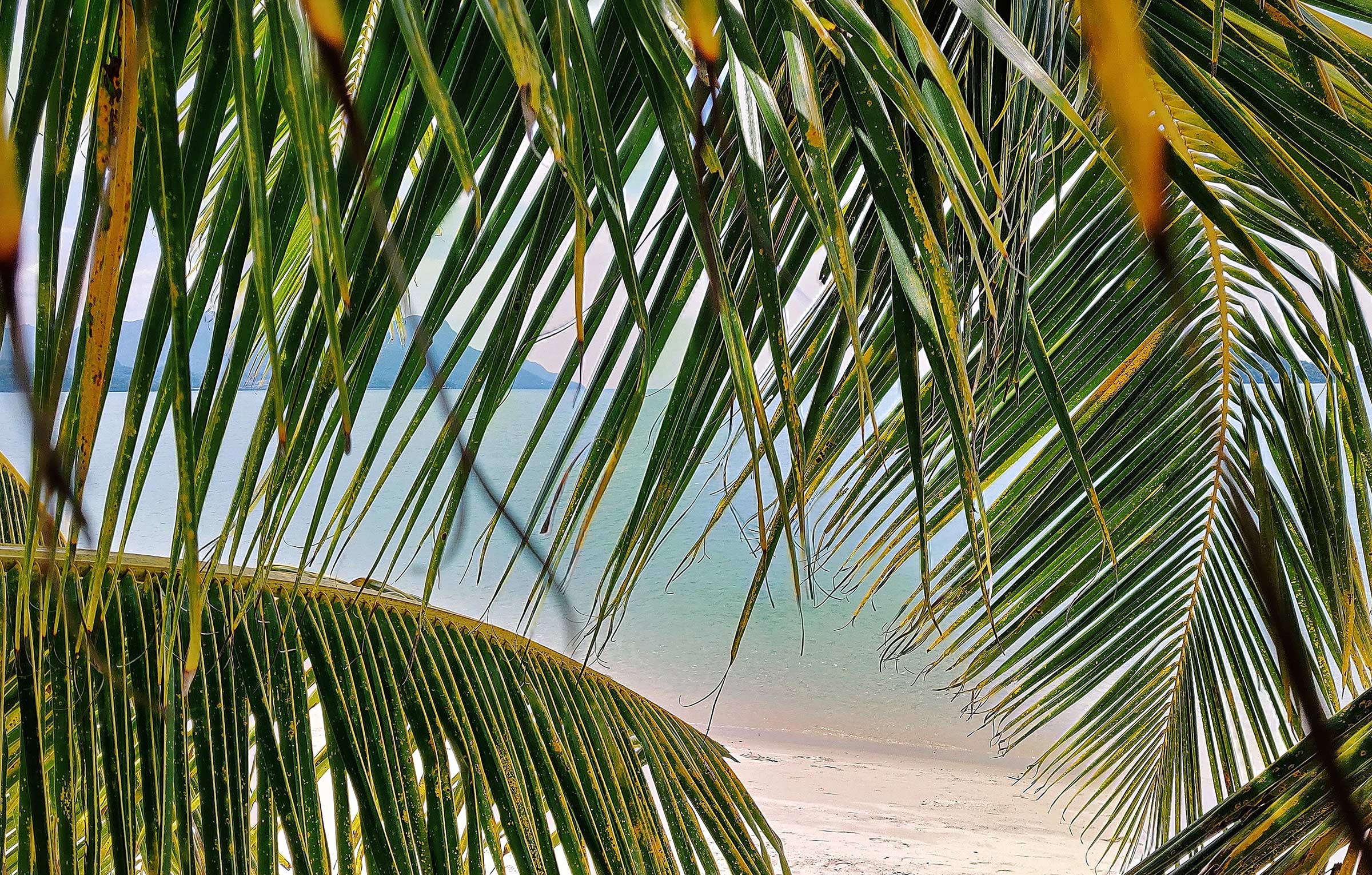
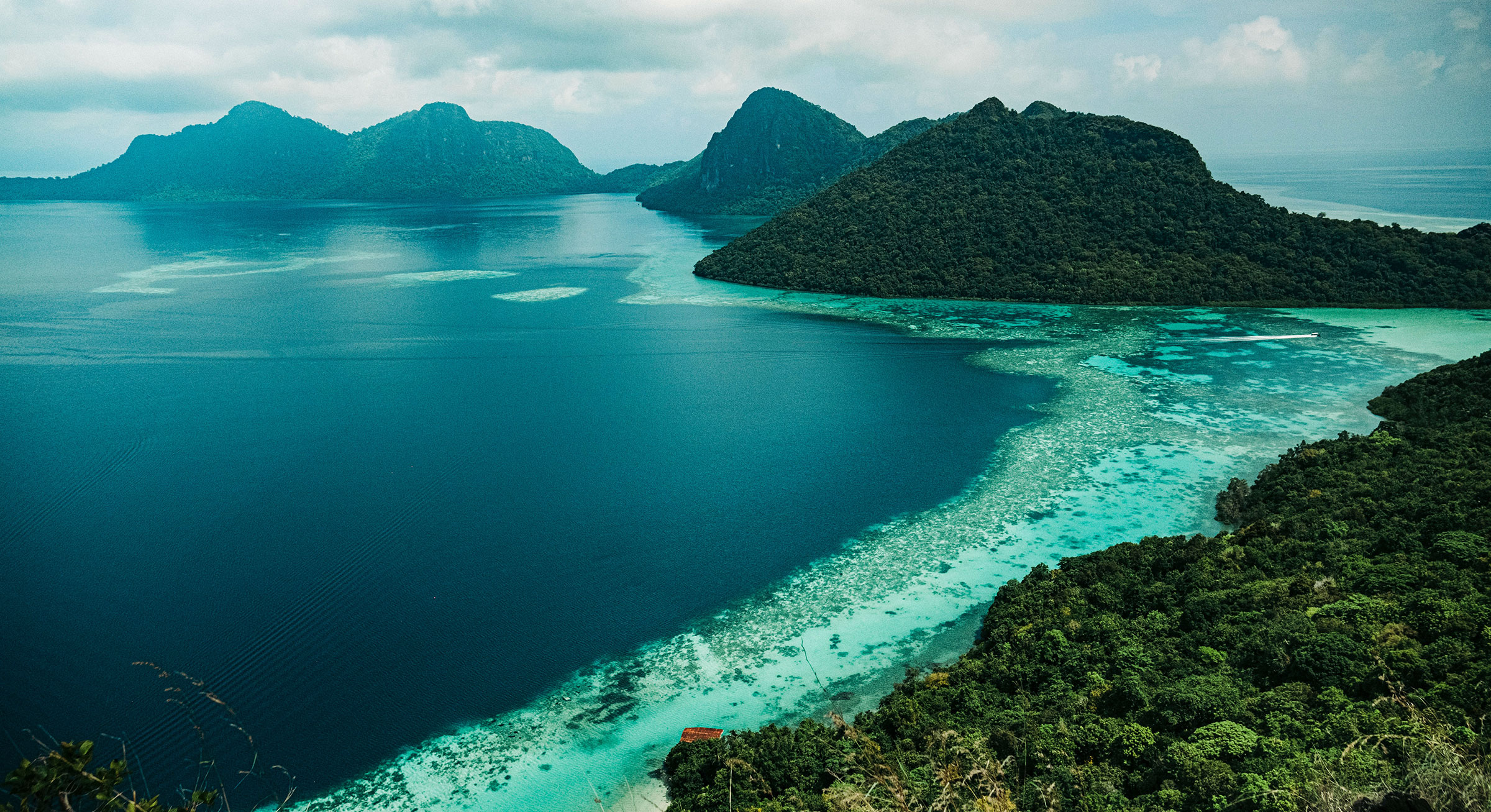


gsearchfrom
3 months ago
September 5, 2025 at 7:48 am
If you’re looking to explore more tips and diverse viewpoints, I highly recommend using
it’s great for comparing different expert takes and techniques from across the web
nano banana
2 months ago
October 28, 2025 at 3:40 pm
This is incredibly helpful! I’ve always wanted to try jungle photography in Malaysia, but the humidity and unpredictable light sound daunting. Thanks for the tips – I’ll definitely be reading the article for more details!
slope
2 days ago
December 12, 2025 at 1:51 am
Wow uesful tips.thank you